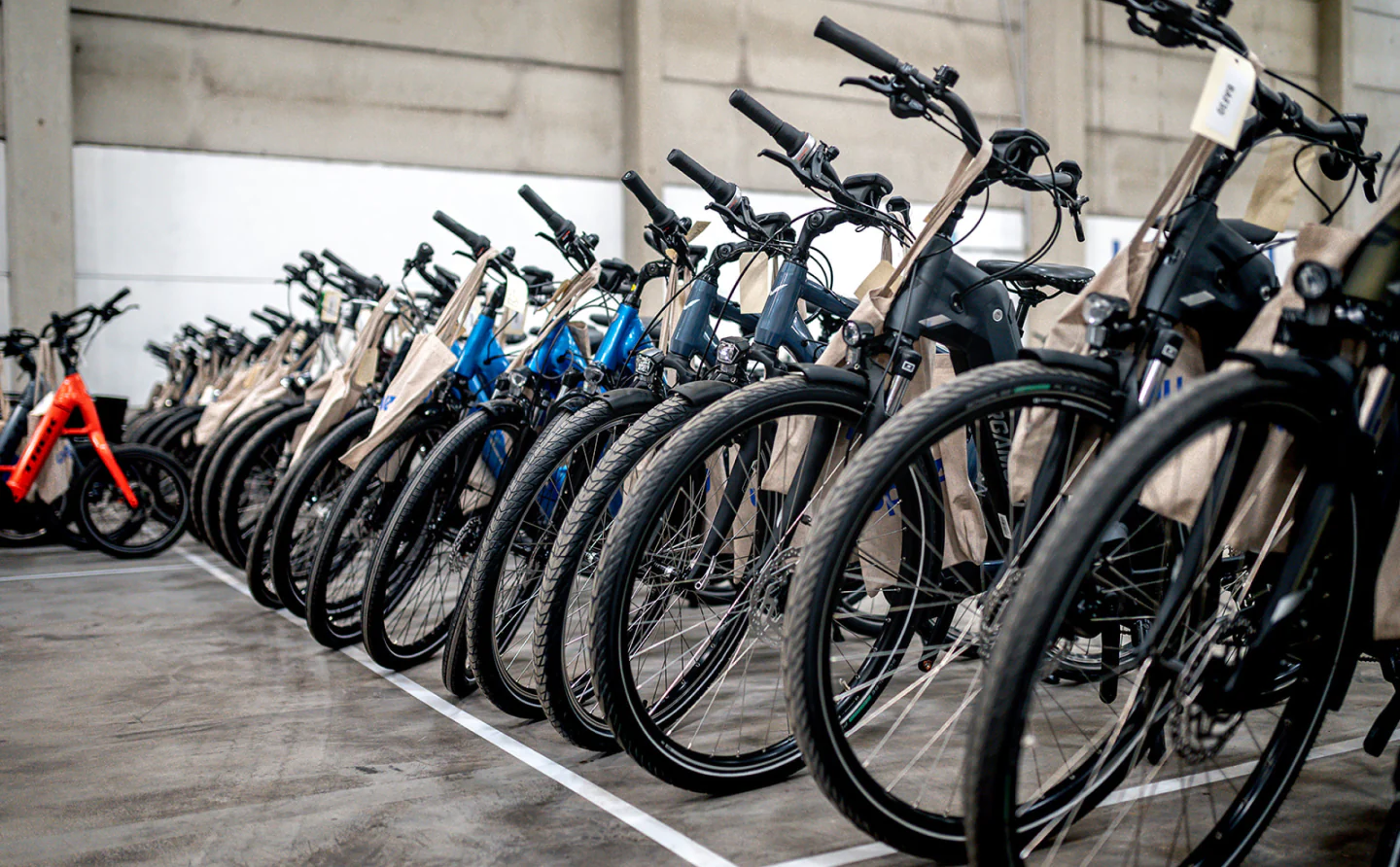A video of a high-speed Acela train whizzing past a train platform at a reported 150 miles per hour awed users on X, formerly known as Twitter.
X user Jeremy (@jeremyzorek) took the video at the station in Princeton Junction, New Jersey. In the video, the train appears suddenly, blowing up flurries of snow as it speeds past the platform.
"God that rules," one person commented.
TCD Picks » Upway Spotlight
💡Upway makes it easy to find discounts of up to 60% on premium e-bike brands
An Acela passing Princeton Junction in the snow at 150 MPH pic.twitter.com/lReyvVBLpt
— Jeremy "Looking for Arrows" Zorek🚰 (@jeremyzorek) January 16, 2024
Others were similarly enthused. "This rocks," one person wrote. "Never gets old," another agreed.
"The future is bright," a third commented. Indeed, there's reason for optimism for the future of high-speed trains in the United States. In December 2023, President Biden announced a plan to "deliver world-class high-speed rail and launch new passenger rail corridors across the country."
It's a grand statement, but the numbers back it up: The Biden-Harris Administration announced $8.2 billion in new funding for 10 major passenger rail projects across the country, including lines in California, Nevada, Virginia, North Carolina, Washington D.C., and Chicago.
Amtrak is also developing a new, even higher-speed fleet for their popular Northeast corridor.
The high-speed train trend is growing in popularity around the world. The first bullet train was introduced in Japan in 1964, according to the Environmental and Energy Study Institute, and high-speed railways have been built across Europe and Asia since then. India is currently developing a bullet train as well, which is scheduled to roll out soon.
Not only are these trains lightning-fast (and fun to watch), but they're also friendlier for the environment. The carbon footprint of train travel is approximately one-fifth that of traveling the same distance by car, per Our World in Data, and up to 1/100th that of traveling by plane per passenger on some routes, according to Transport & Environment.
Additionally, trains utilize fuel in a vastly more efficient way; a high-speed train can get up to 6,600 miles per gallon of fuel, while a plane can only travel 400 feet with the same amount, according to the U.S. High Speed Rail Association.
This advocacy organization is continuing to champion the future of high-speed rail for precisely these environmental reasons. Its website states, "HSR reduces flights, car trips, and long-distance trucking all at the same time. No other mode [of transportation] does this."
Join our free newsletter for weekly updates on the coolest innovations improving our lives and saving our planet.







